SupremePunk #032

City of the Future
This Punk is inspired by CryptoPunk #897 and artworks of Suetin. In this work, we ponder what an utopian city might look like in the distant future. Because Suprematism, like the avant-garde, came out of Futurism (lat. futurum - future), which looked only forward and answered questions of what will be, not what was, Suprematism sometimes also tried to make predictions, reflecting on the topic of the future in the tones of Suprematism. Artists presented various projects: funerals in the style of Suprematism, projects of grandstands, clothing, interiors, and so on. Here we decided to consider the theme of the city of the future, arranged on the basis of Suprematism and the latest trends in the development of society.
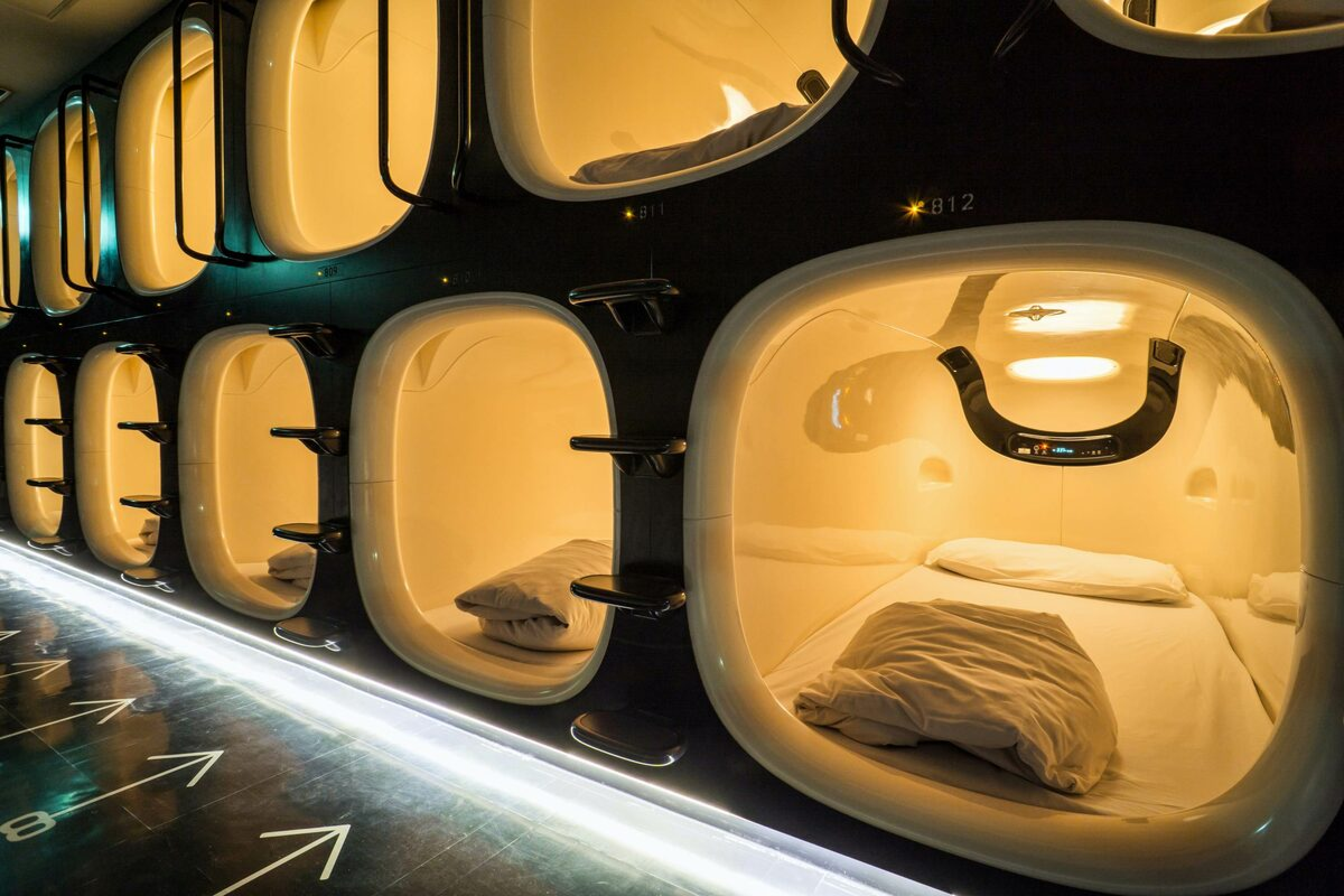
Capsule hotel "Nine Hours" in Kyoto, Japan
In our view, the city of the future will combine the ideas of metabolism ("city in motion"), functionalism, decentralization and suprematism. Almost all of the architectural styles have one feature - they combine the ideas of design and appearance, not just content. In this work we proclaim the superiority of the device of the housing over its appearance, just as in Suprematism, color prevails over form. The essence of this city is that it will consist not of houses and buildings, but of the dwellings themselves - small capsule-type apartments.
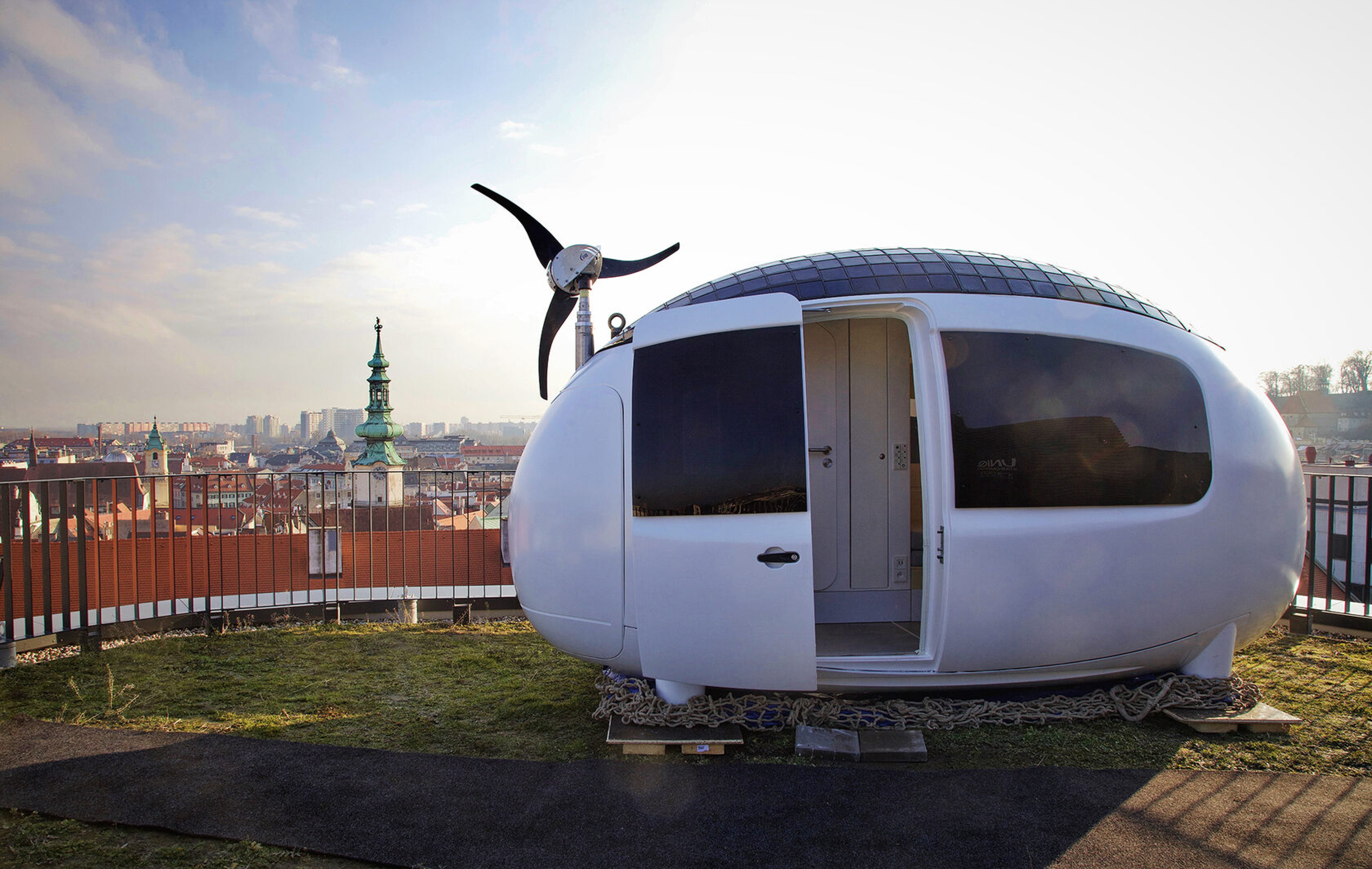
One of capsule houses
These apartments will be fully equipped with everything necessary for life and work: a bed, a desk, a bathroom, a toilet, a food receiver. These ideas are conditioned by ever-increasing hours of human work, people are more and more concerned about such things as functionality, ergonomics, efficiency. Therefore, the formation of a utopian city of this type will satisfy these trends.
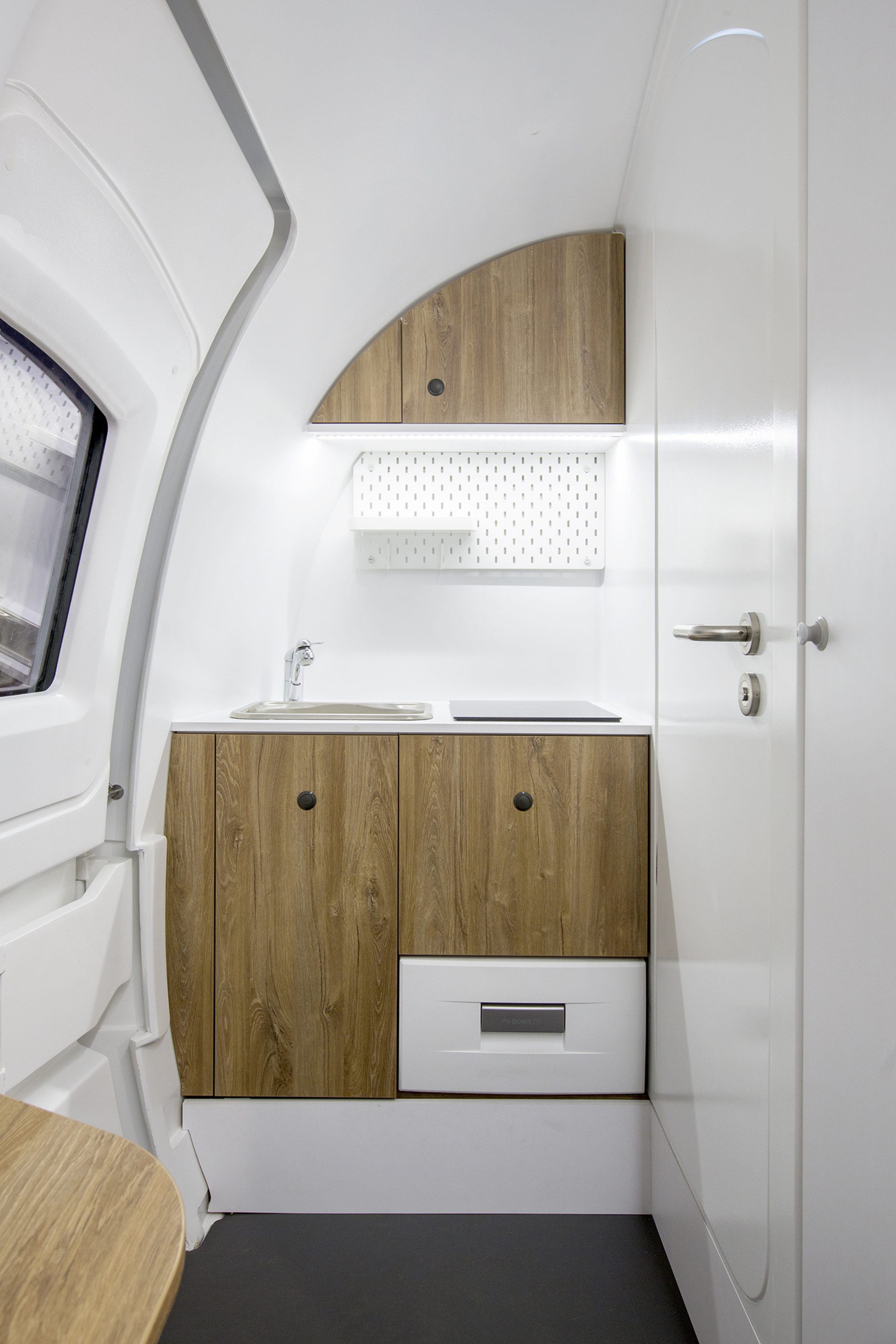
Inside one of capsule houses
Due to the small living space, it will not be possible to store food and goods - large sorting centers will be organized for this purpose, from which food is automatically delivered to each pod. It is important to note that the existence of such a city will be possible in any conditions, both in the desert, the Arctic and outer space, as we are accustomed to.
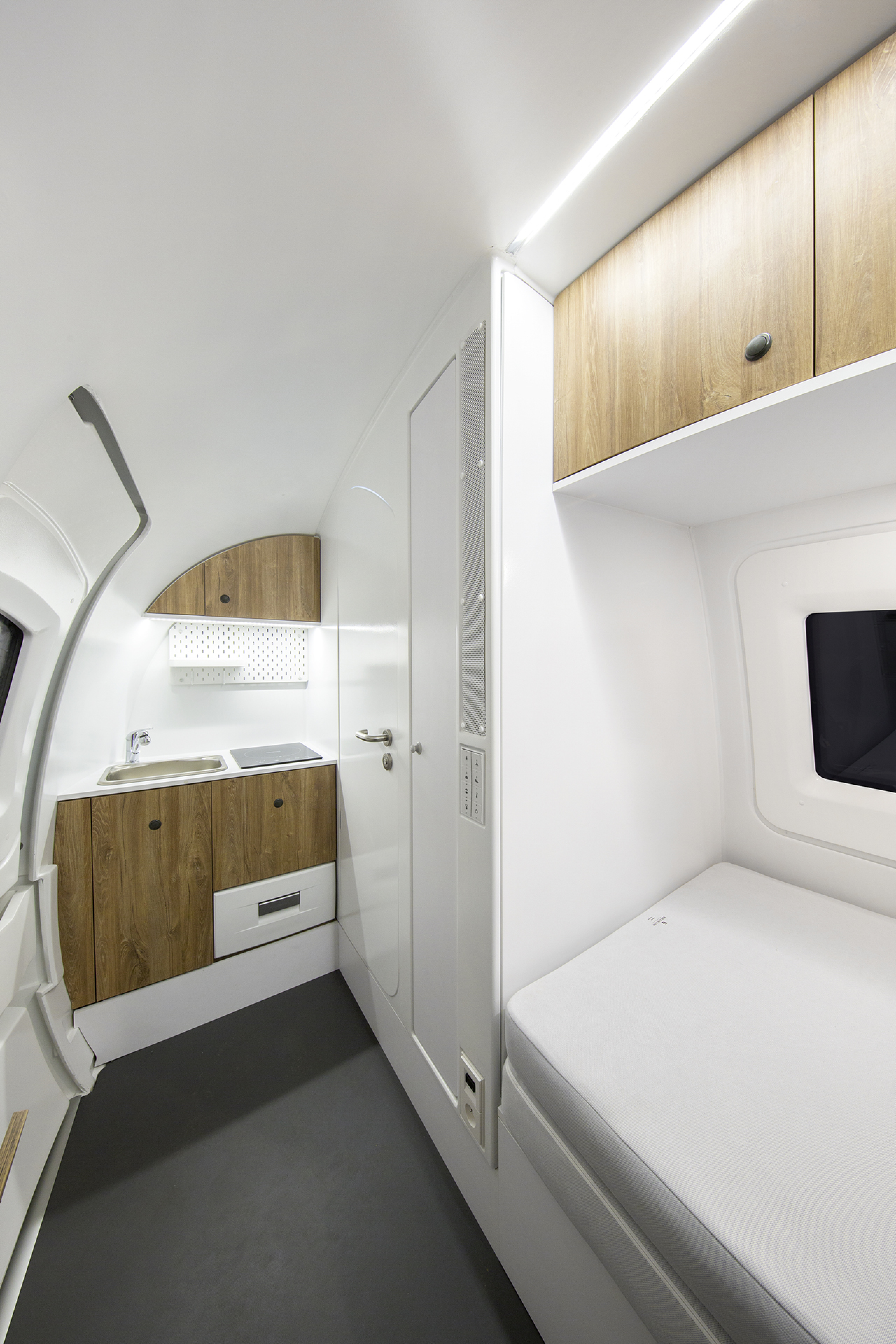
Inside one of capsule houses
Each capsule will be equipped with a mechanism allowing it to move. This feature will make it possible to combine, travel and work, about the loss of which, due to the growing competition, people are more and more worried. But stereotypes about the need to travel may remain - so this possibility must be taken into account.
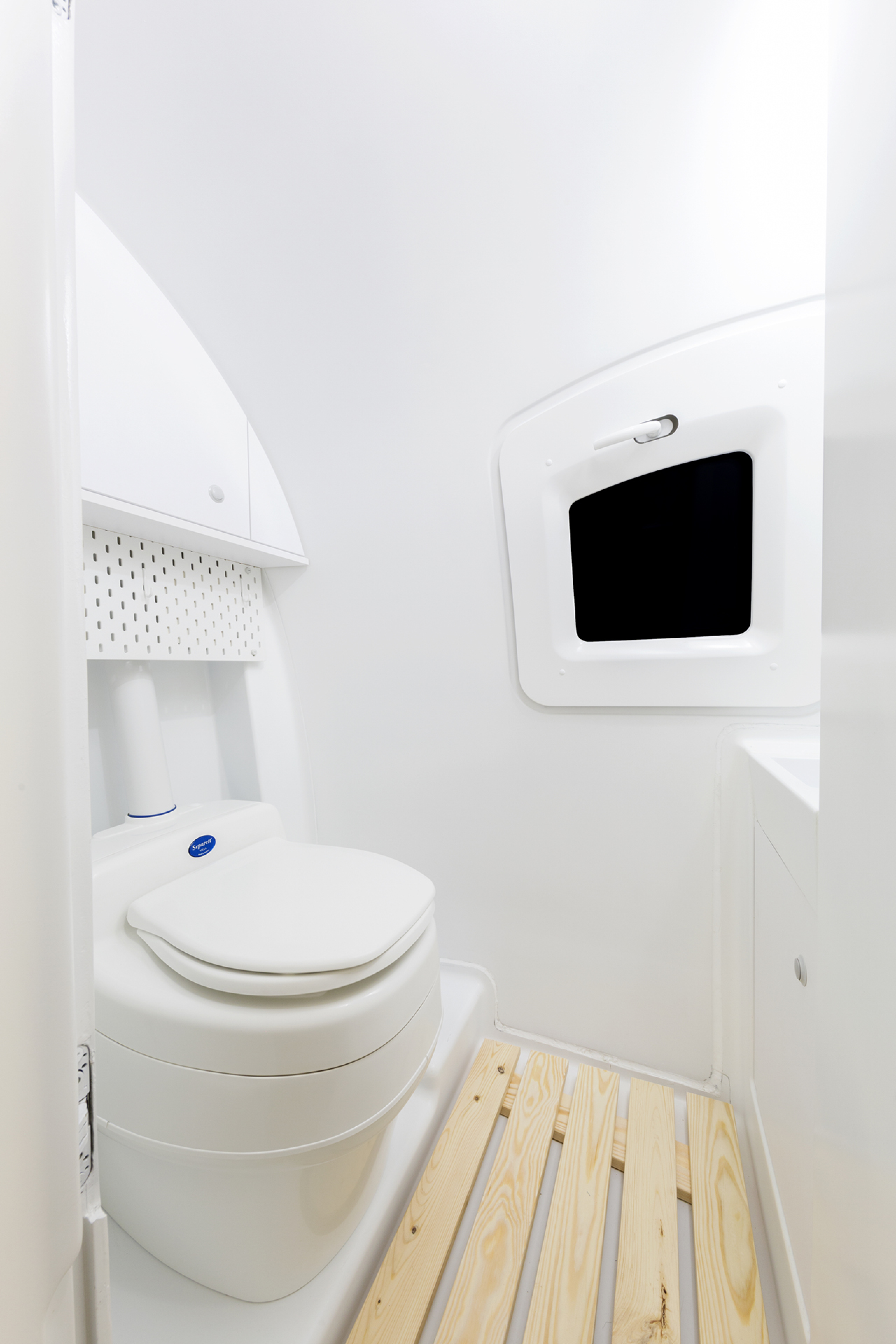
Inside one of capsule houses
These SupremePunk' elements are primitive in themselTherefore, the formation of a utopian city of this type will satisfy these trends. Because of the small living space, it will not be possible to store food and goods - large sorting centers will be set up for this purpose, from which food is automatically delivered to each capsule. It is important to note that the existence of such a city will be possible in any conditions, both in the desert, the Arctic and outer space, as we are accustomed to.
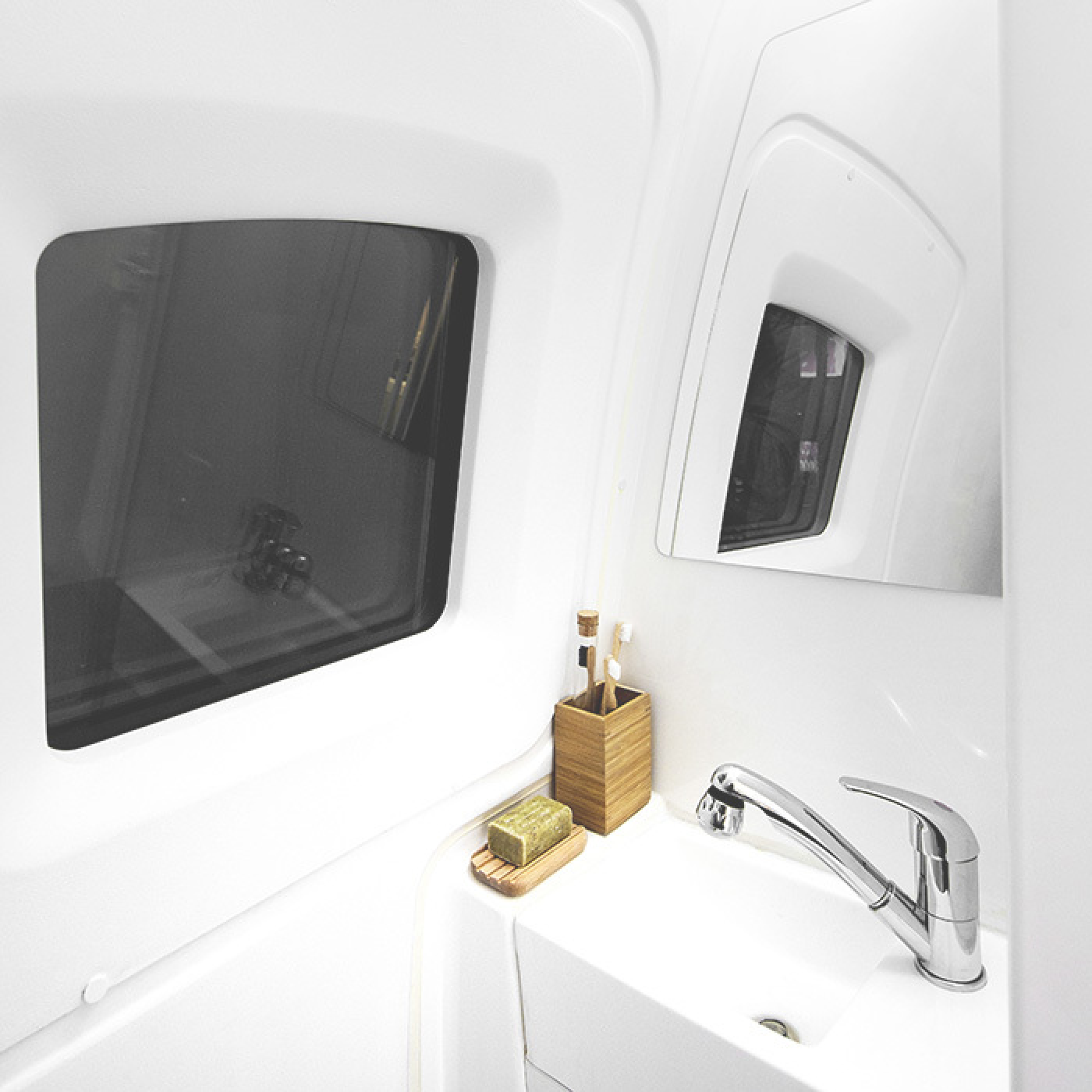
Inside one of capsule houses
Each capsule will be equipped with a mechanism allowing it to move. This feature will make it possible to combine, travel and work, about the loss of which, due to the growing competition, people are more and more worried. But stereotypes about the need to travel may remain - so this possibility should be considered.
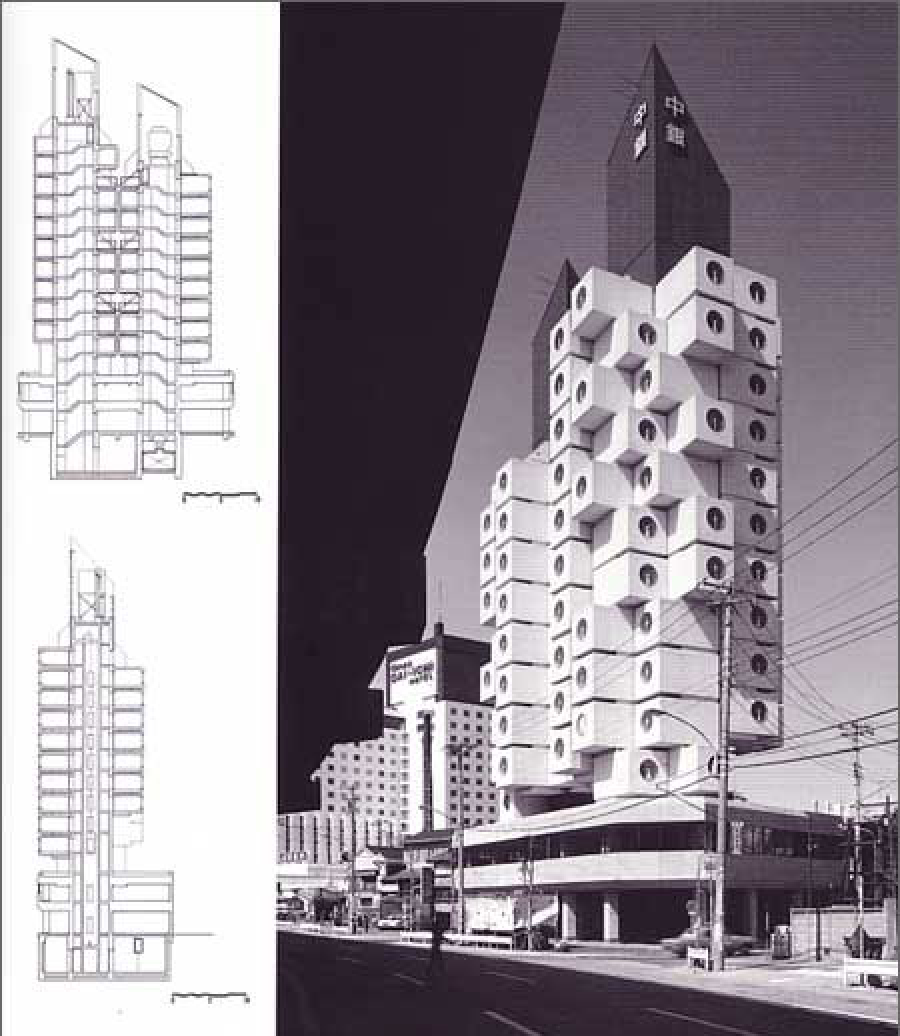
Nakagin Tower in Tokyo
Something similar was already realized in Japan in 1972, in the Nakagin Tower in Tokyo by architect Kisho Kuroka.
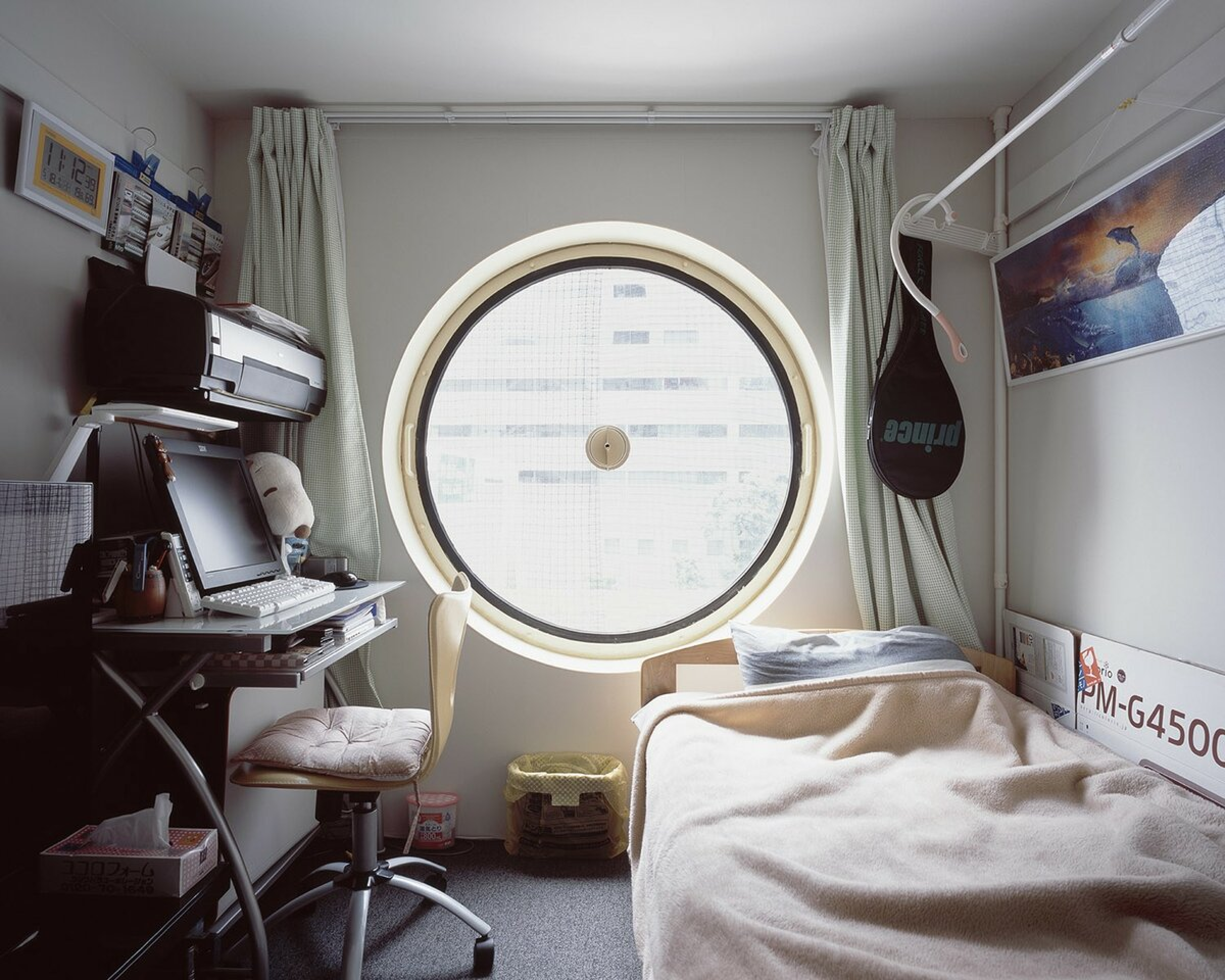
One of the rooms in the Nakagin Tower in Tokyo
In a city devoid of a clear plan and function, the architecture had to be extremely mobile and transformable. The Japanese theory of metabolism, which became popular in the late 1950s, came very close to this principle of destructive openness of architectural design.
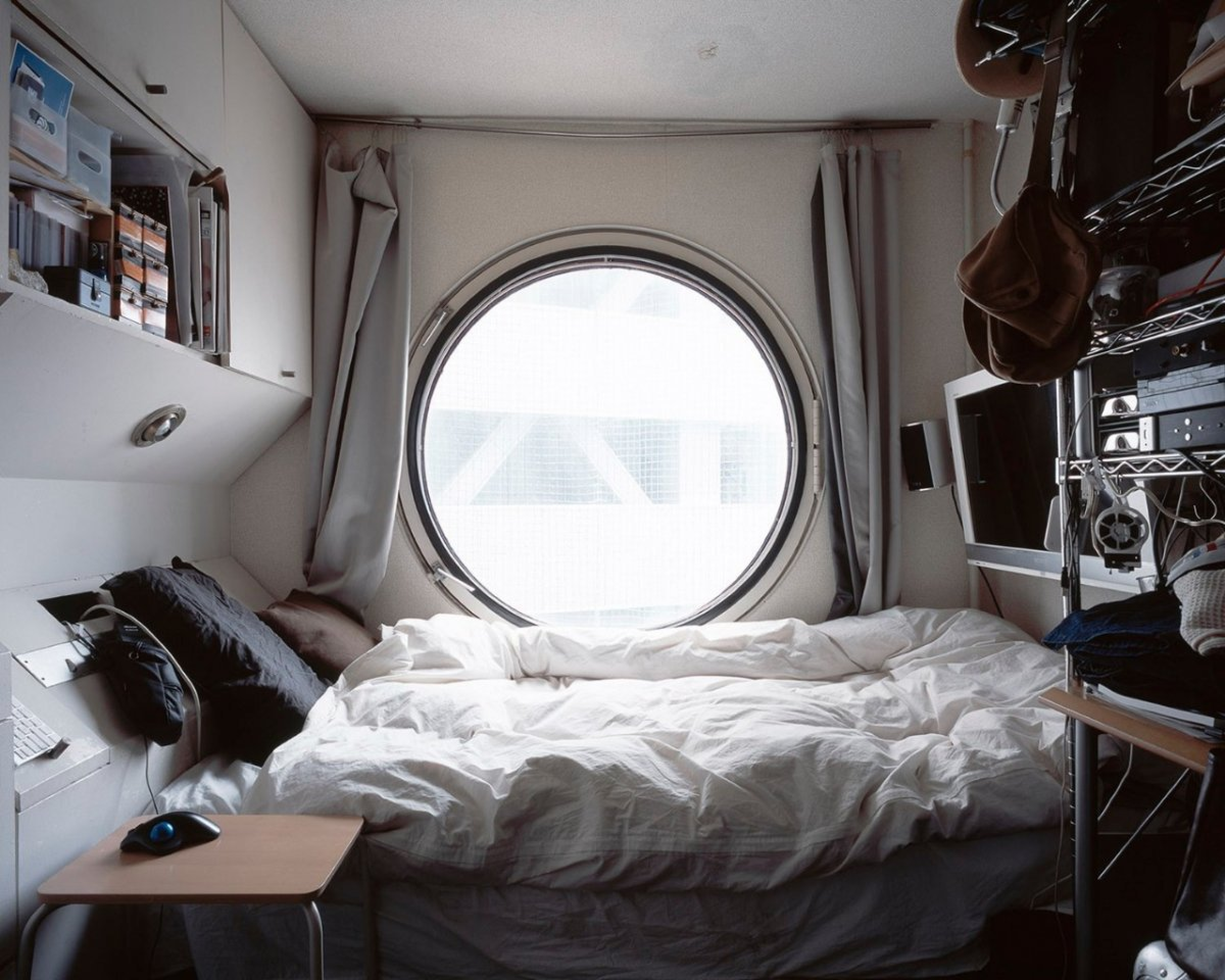
One of the rooms in the Nakagin Tower in Tokyo
Architect Kisho Kurokawa's 13-story Nakagin Tower is among the few incarnated metabolist projects. It is actually two concrete pillars around which 140 residential pods are assembled. By design, the capsules are factory-made and easily replaced if necessary (so far, all elements of the tower are original and no capsule has been added to the design or replaced).
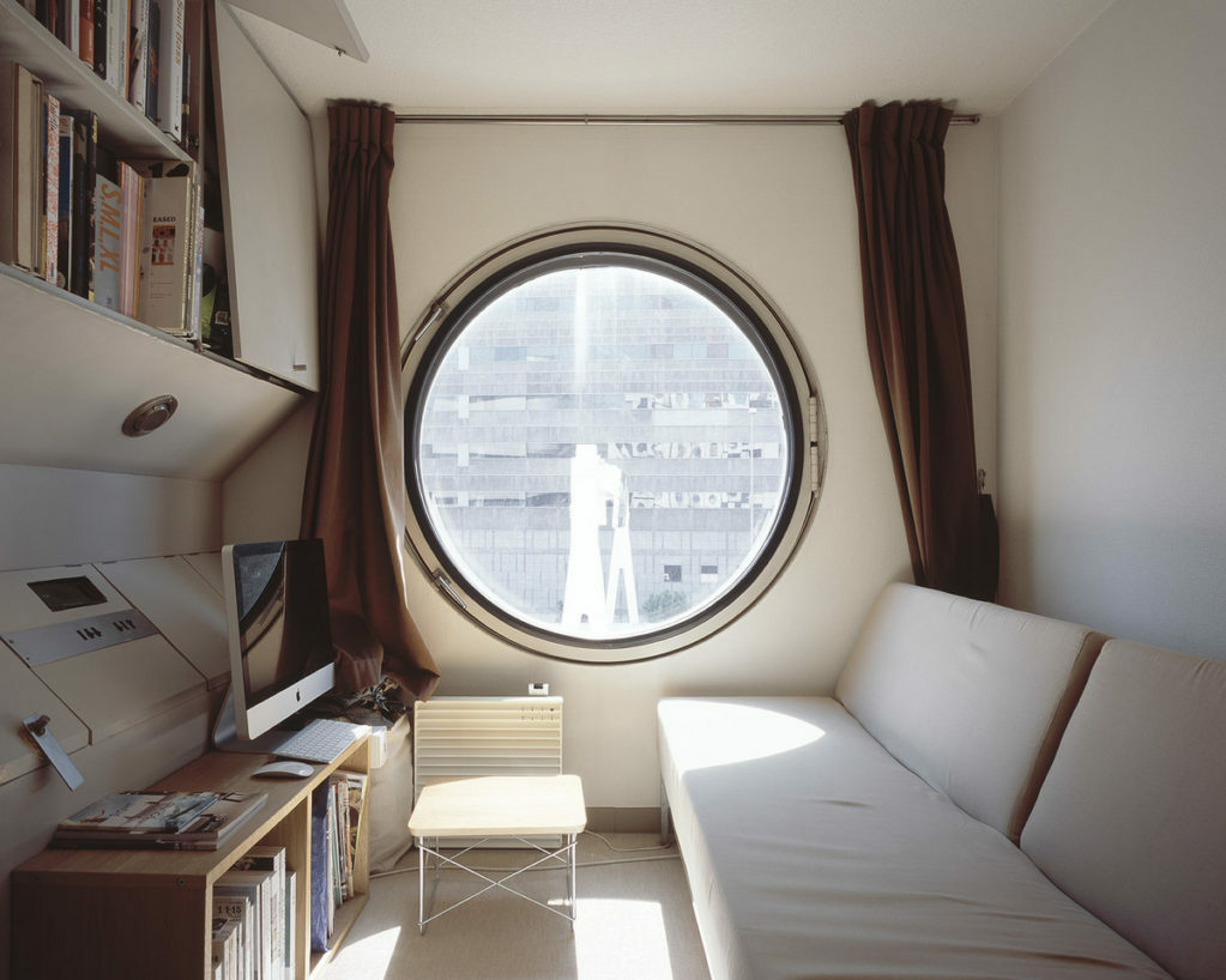
One of the rooms in the Nakagin Tower in Tokyo
The 4 by 2.5 meter concrete cell is attached to the concrete frame with only four bolts. Inside is the minimum necessary furnishings: a built-in closet, a tiny kitchen, a toilet, a shower room and an air conditioner.
Living in a container turned out to be not very comfortable, and Nakagin never became the basis for the development of the city of the future. The giant window-illuminator reminds us that perhaps a shuttle apartment would really be in demand in the world, but in the realities of a traditional metropolis tightness and asceticism was rather a disadvantage. In 2007, the tenants voted to demolish the house.

Buy

Gallery:
CryptoPunk #897 that has been taken as a base

Your transaction is in progress

You have connected to the wrong network

Transaction is successful!


